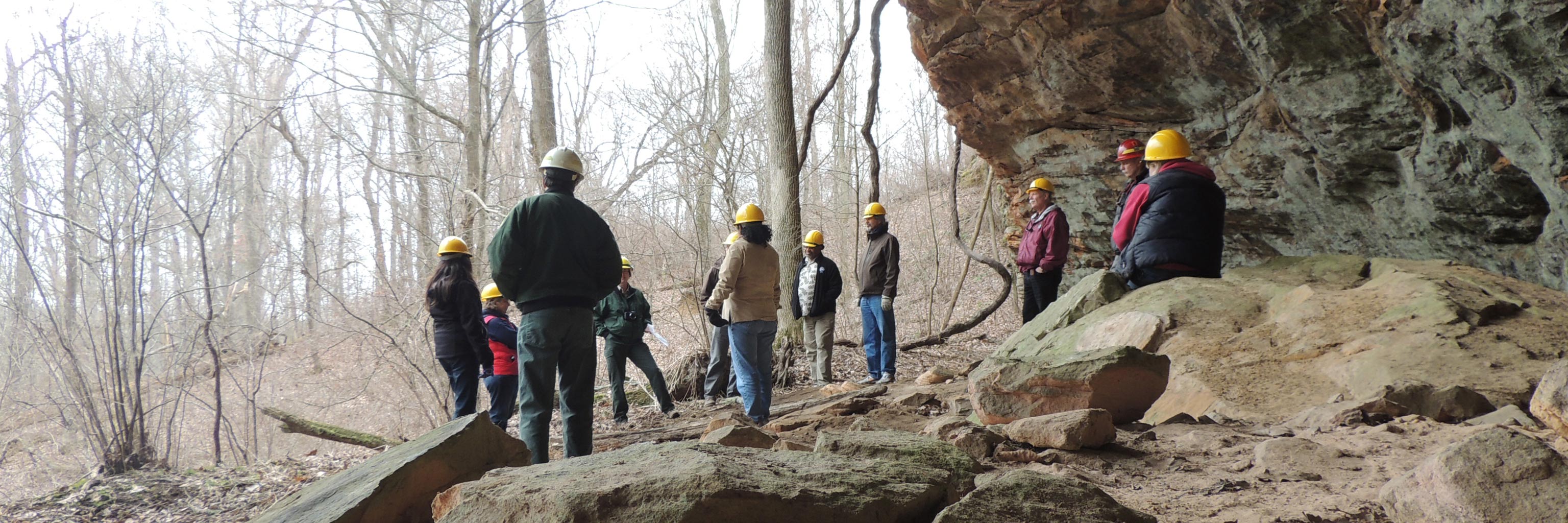Geoarchaeological Methods
Ed Herrmann, a geoarchaeologist in Earth and Atmospheric Sciences, conducts some of his research in Indiana. Geoarchaeology uses methods and theories developed in the earth sciences to address archaeological questions related to human settlement, artifacts, sites, paleoenvironments, and more. Opportunities for students to conduct fieldwork in Indiana include:



 The College of Arts
The College of Arts